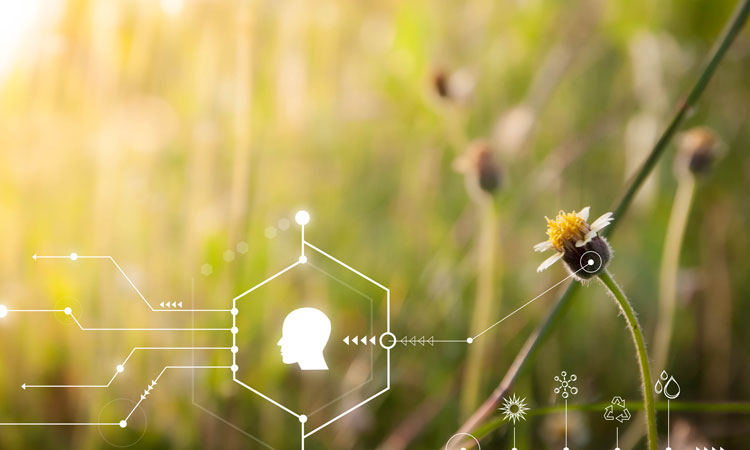Heading off safety risks with AI
- Like
- Digg
- Del
- Tumblr
- VKontakte
- Buffer
- Love This
- Odnoklassniki
- Meneame
- Blogger
- Amazon
- Yahoo Mail
- Gmail
- AOL
- Newsvine
- HackerNews
- Evernote
- MySpace
- Mail.ru
- Viadeo
- Line
- Comments
- Yummly
- SMS
- Viber
- Telegram
- Subscribe
- Skype
- Facebook Messenger
- Kakao
- LiveJournal
- Yammer
- Edgar
- Fintel
- Mix
- Instapaper
- Copy Link
Posted: 12 November 2021 | Zoltan Syposs | No comments yet
Coca-Cola’s Chief Quality, Safety and Environment (QSE) Officer, Zoltan Syposs, highlights technology that could revolutionise the way manufacturers manage food safety risks.


Preventative measures can be and are put in place to ensure food is safe for consumption, but traditionally it has been all too common for companies to react to food safety risk rather than predict it. That is, until now.
Zoltan Syposs, Chief Quality, Safety and Environment (QSE) Officer at The Coca-Cola Company, is at the forefront of new technology and techniques that could make it possible for manufacturers to use data and artificial intelligence (AI) to foresee potential food safety risks before they arise.
“We use both traditional (conventional) methods as well as predictive analytics. Science-based methods and advanced technologies help anticipate, assess, prevent and manage food safety risks,” Syposs told New Food.
“The traditional approach includes consumer trends analysis, microbiological, toxicological and general applied food science, HACCP and HARPC programme advancement, together with collaboration within industry and academia. It involves working closely with all key stakeholders and ensuring quality‑by-design is embedded in our innovation programmes.”
He explained that the longer-term direction is towards a more multi-dimensional framework that can predict the impact discrete changes can have across a value chain. “For example, how can an ingredient at a supplier increase or decrease the likelihood or impact on finished products across multiple regions?” he questioned.
“We are developing and integrating more predictive food safety analytics within our systems and programmes. This is a deeper introspection of our internal processes and risks, while looking and simultaneously scanning the external world for current and future risks.”
Perhaps the most exciting aspect of this technological food safety approach is the possibility of using AI to spot food safety incidents before they occur. As Syposs explained, Coca-Cola is starting to use technology to adapt its manufacturing systems in such a way that prevents incidents from taking place.
“We are in the early stages and continue to accelerate our journey towards enhanced predictability analytics based on AI. For example, across our bottling partners we are accelerating the use of machine learning to drive predictive maintenance, using AI and next-level statistical process control (SPC) to drive precision.”
He continued: “Specific to productivity, quality and food safety, we are using AI technologies to optimise cleaning and sanitation, labelling, maintenance processes and water treatment systems.
Coca-Cola is starting to use technology to adapt its manufacturing systems in such a way that prevents incidents from taking place.
“The key to predictive analytics and AI is developing the framework, harmonising the data collection process, and then collecting at a frequency where AI can be leveraged at an enterprise level.”
To many in the food industry, this will sound like an extremely exciting set of developments – so is this capability within the industry’s grasp? “To some degree” answered Syposs. “We do it now across certain processing areas and food categories – eg, thermally processed foods. A lot of established parameters applied with this process are based on predictive modelling.
“Most likely, based on the continuous and fast paced improvement of analytics, we will see positive impact and changes in predicting food safety risks.”
This is not a silver bullet, however. As Syposs was keen to stress, the traditional safety nets the industry currently has in place, namely manufacturing staff, will always have a role in keeping the food we eat safe. “Technology is only one of the elements in the broader transformation,” he added. “The ultimate goal is for the industry to build and foster a strong quality and food safety culture, where cross functional collaboration with clear individual accountability prevails.
“Food handlers and food business operations need training. Making them interactive increases effectiveness.”
He concluded: “We need to continue to improve communications and knowledge sharing. We need to respond to the consumer trends that increasingly require more transparency and enhanced communications.”
The industry is listening; time will tell if its response is effective.








